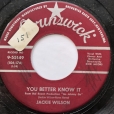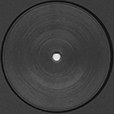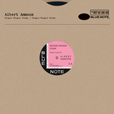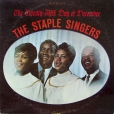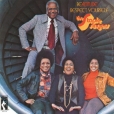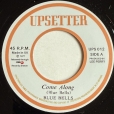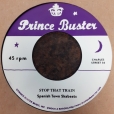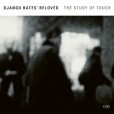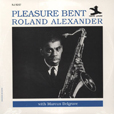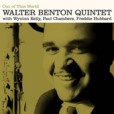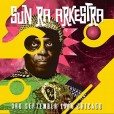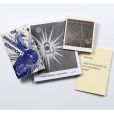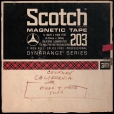Your basket is empty

Text-book BH GBH. A charged, densely rhythmic, super-ominous re-deployment of classic 80s sci-fi noir, shot through with spaced-out effects. Ekman in his best Robert Armanis on the flip.
Their classic, fourth LP, with the mighty I’ll Take You There.
Respect Yourself is here, too; and We The People, co-opted recently by Joe Biden.
With the Muscle Shoals Rhythm Section and the Memphis Horns.
Hard bop from 1961: a quintet including Marcus ‘Gemini’ Belgrave, Ronnie ‘Doin The Thang’ Mathews, and Gene Hunt, from Horace Silver’s band.
This deadly Berlin—New Jersey nexus back in action, reinforced by the mighty Shifted.
F Planet itself is an in-for-the-kill stomper, husky and frantic, its sizzling bass and clanky hats inexorably dissolving in a sulphuric alarm of distortion and haywire bleeps. Astral Pilot ties you into a swirl of frequencies, rhythms and mechanical growling, before finally disentangling itself into some kind of cosmic lift-off. On the flip, grimly tightening the bolts, setting the controls inwards, and darkening and thickening its atmospheres into a kind of gut-churning possession, Shifted makes F Planet all his own.
‘One thing is certain about a Sun Ra performance: You never know what to expect. Last week at the Chicago Jazz Festival, he presented a huge troupe of musicians, dancers and acrobats in a veritable circus of improvisation’ (John Litweiler, Chicago Tribune, September 9, 1988).
The entire show as originally broadcast by National Public Radio in the same year.
In 1961 Sun Ra took off from Chicago – where he had established the Arkestra, his dedicated ensemble and the vehicle for his mission to better the planet – and with a scaled-down version of the band he landed in NewYork. Their first recording session was in Newark in October of that year. The Futuristic Sounds Of Sun Ra, recorded for the Savoy label, is a beautiful document of the material they’d honed during a long residency at the Wonder Inn at the end of the Chicago period. Among tracks left in the vault from that day in the studio were these two great ballads sung by Ricky Murray, both of them redolent of the bright popcraft that had long been part of Ra’s repertoire, with classic Afrofuturist themes of navigating outer space and altered destiny cloaked in sweet songs with tart arrangements.
“Marshall Allen especially liked playing I Struck A Match On The Moon,” recalls Ricky, “because he got a chance to light up a cigarette while we were singing.”
Fastidiously designed facsimiles of two pamphlets which accompanied early Sun Ra albums; and two substantial publications more than a decade later by Infinity Inc./Saturn Research.
Issued in 1957 by the Boston-based Transition label, his debut LP Jazz By Sun Ra contained a beautiful booklet, now as prized as the LP itself, with rare photographs and a selection of poems and proclamations, as well as the personnel and recording credits.
Ra’s Jazz In Silhouette was released two years later on Saturn Records, coming with a mimeographed, folded, unstapled booklet. The CvsD version folds this slim pamphlet of poetry into a slipcover with a classic photo portrait of Ra by Thomas “Bugs” Hunter on the back.
Perhaps Ra’s best known book of poetry, The Immeasurable Equation is restored after the original Infinity Inc./Saturn Research version, published in Chicago in 1972, and distributed widely by the Arkestra, often from the bandstand. It features more than sixty of Ra’s poems.
Finally, perhaps the rarest of Ra’s poetry books is Extensions Out: Immeasurable Equation Vol. II, which was also published by Infinity Inc./Saturn Research. This 8.5 x 11-inch book is a massive compendium of more than 130 poems, very much in step with the mimeo poetry publications of its era — simple staple binding, one-sided pages — featuring three photographs of artwork by Ayé Aton, a close ally of Ra’s in this, the period of the Arkestra classic Space Is The Place, on which Aton plays percussion. Great care was taken to reproduce the special textured cover of this highly sought after book.
‘In 1971 Ra accepted a lectureship at University of California, Berkeley, teaching a class titled The Black Man and the Cosmos. This course of study was held in some secrecy, apparently open exclusively to Black students who were strictly forbidden to record the lectures. Ra’s assistants did, however, document the sessions, and some of these recordings have made their way to YouTube. The incredible half-hour of Berkeley Lecture presented here, however, is previously unknown, extracted from the Creative Audio Archive’s extensive holdings. It presents Ra walking his students through a series of wonderful paradoxes and riddles, the sound of his chalk on the chalkboard serving as a kind of Greek chorus, commenting on or complementing his highly creative pedagogy. At the end of the lecture, Ra performs two musical demonstrations, the first a piano version of the Arkestra classic Love in Outer Space, followed by a blistering 16-minute solo on the Moog synthesizer.’
